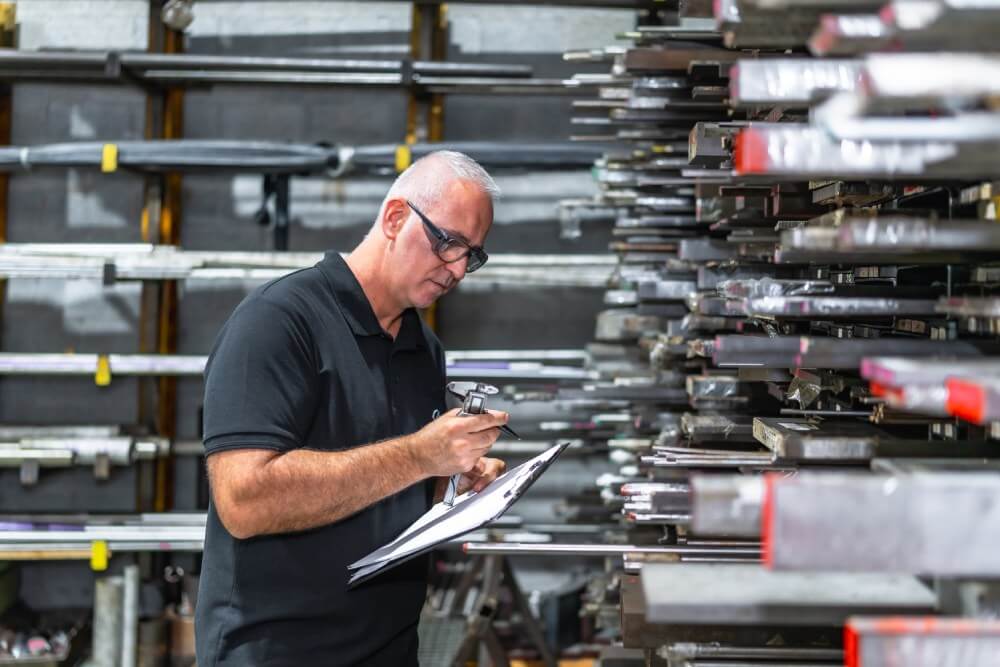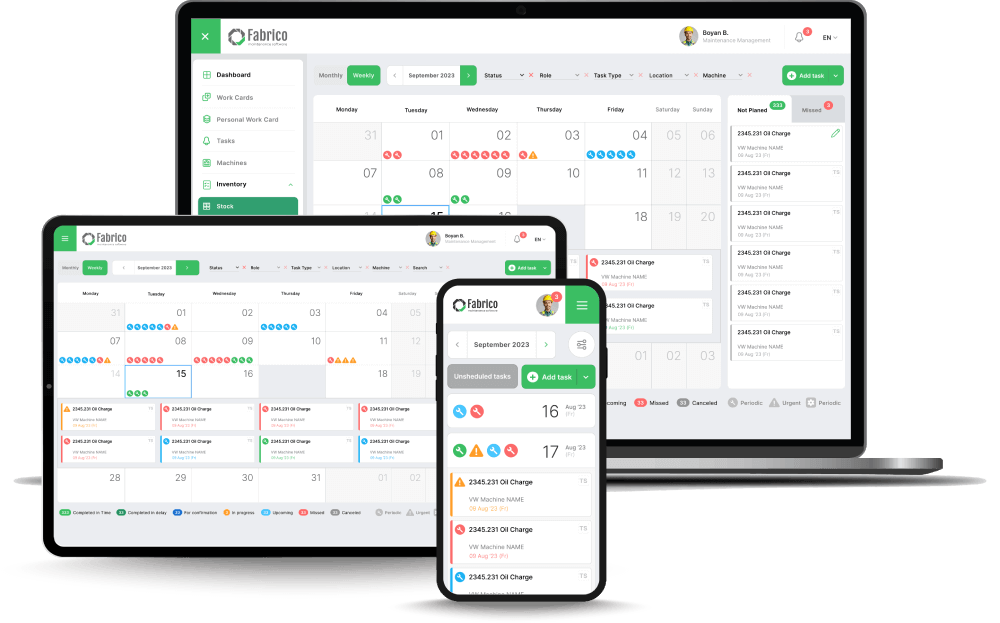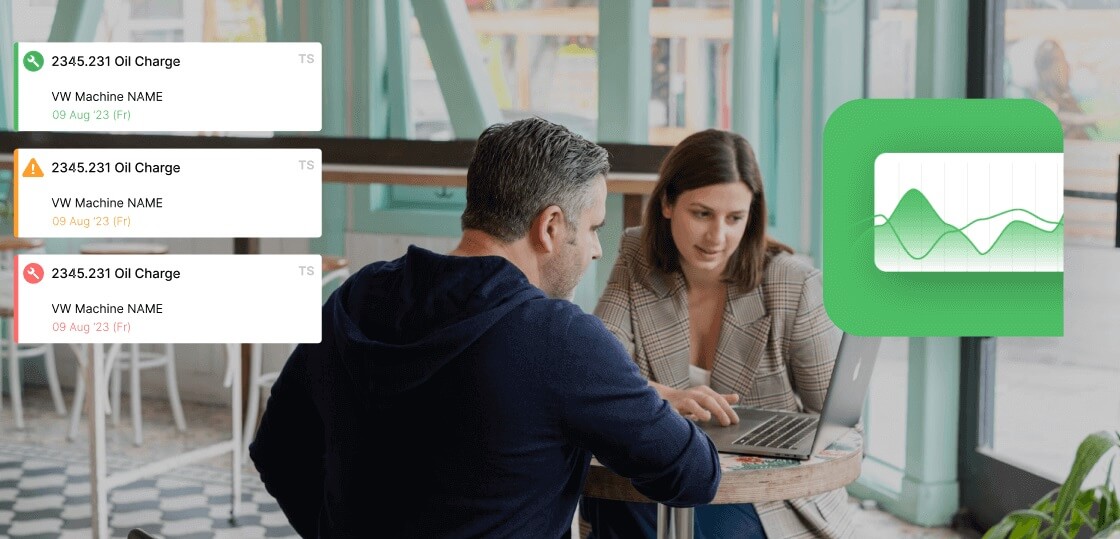What is the difference between MRO and Raw Material inventory?
Raw Material inventory consists of the goods you turn into product (e.g., plastic pellets, steel sheets). MRO (Maintenance, Repair, Operations) inventory consists of the parts needed to keep the machines running (e.g., bearings, lubricants, gloves). MRO is often harder to track because usage is unpredictable.
What is a "Safety Stock" level?
Safety stock is the buffer inventory you keep to protect against supply chain delays or sudden spikes in usage. In Fabrico, you can set dynamic safety stock levels that adjust based on the lead time of the vendor.
How does RCM reduce inventory costs?
Reliability-Centered Maintenance (RCM) identifies which failures actually matter. If an RCM analysis shows that a specific machine has no safety or production impact if it fails, you can eliminate the expensive spare parts for that machine and simply order them after the failure occurs.
Can Fabrico handle multi-site inventory?
Yes. If you have three factories, Fabrico allows you to see stock levels across all locations. If Plant A needs a motor and Plant B has one sitting idle, you can transfer the part instead of buying a new one, saving the company thousands.
Is your warehouse full of "Just-in-Case" money?
Stop guessing. Start optimizing.
[Get a Fabrico Demo] and turn your inventory from a liability into a reliability engine.






